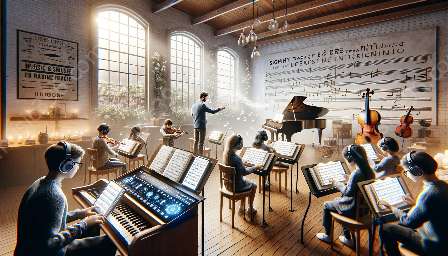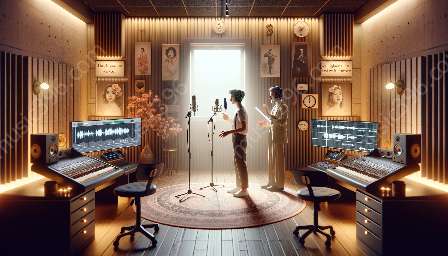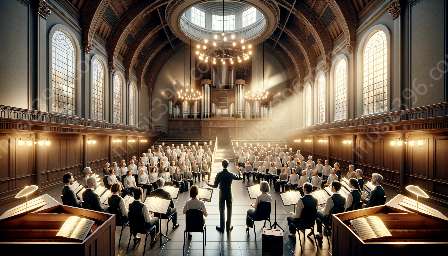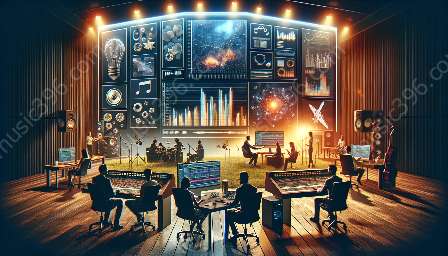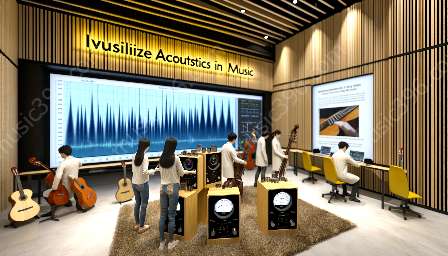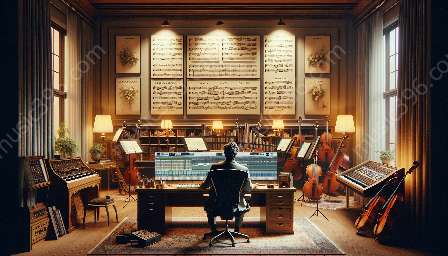For music and audio professionals, sight reading and ear training form the backbone of their expertise. These crucial skills not only enhance their musicianship but also play a significant role in their ability to analyze and produce music. Forward-thinking professionals understand the importance of continuous development in sight reading and ear training, as these skills directly impact their ability to perform and create music effectively.
The Importance of Sight Reading and Ear Training
Sight reading and ear training are integral aspects of music education and are equally important for professionals in the audio industry. These skills enable professionals to effectively interpret and reproduce music, enhancing their capabilities as performers, composers, and producers. An understanding of sight reading and ear training also facilitates effective communication and collaboration in music production and performance settings.
Compatibility with Music Education
Music education serves as a foundation for developing skills in sight reading and ear training. These core components are emphasized in music education curriculums, where students learn to sight read musical notation and develop their aural skills. This knowledge forms the basis for professionals in the music and audio industry, providing them with the essential tools to excel in their careers.
The Benefits of Sight Reading and Ear Training
Professionals in the music and audio industry can reap numerous benefits from honing their sight reading and ear training abilities. These benefits include:
- Enhanced Musical Interpretation: The ability to sight read and effectively identify musical elements by ear allows professionals to interpret and perform music with greater accuracy and finesse.
- Efficient Workflow: Well-developed sight reading and ear training skills enable professionals to work more efficiently in studio environments, streamlining the production process.
- Improved Collaborative Capabilities: Professionals equipped with strong sight reading and ear training abilities can better communicate and collaborate with fellow musicians and audio engineers, leading to more cohesive and impactful musical projects.
- Increased Creative Versatility: A solid foundation in sight reading and ear training empowers professionals to explore diverse musical genres and styles, expanding their creative horizons.
Techniques for Honing Sight Reading and Ear Training Skills
Professionals can employ various techniques to strengthen their sight reading and ear training abilities:
- Regular Practice: Consistent practice is essential for refining sight reading and ear training skills. Professionals should dedicate time to daily practice sessions to develop and maintain these skills.
- Utilization of Technology: Various software and apps are available to aid in sight reading and ear training. Professionals can leverage these tools for interactive and targeted skill development.
- Ensemble Participation: Engaging in ensemble performances allows professionals to enhance their sight reading and ear training skills in a collaborative setting, further honing their musical abilities.
- Continuous Learning: Professionals should seek opportunities for continuous learning, such as workshops, masterclasses, and online courses focused on sight reading and ear training.
Conclusion
Sight reading and ear training are indispensable skills for music and audio professionals, playing a pivotal role in their career development and artistic expression. By recognizing the importance of these skills and consistently refining them, professionals can elevate their musical proficiency, expand their creative horizons, and excel in the dynamic landscape of music and audio production.

